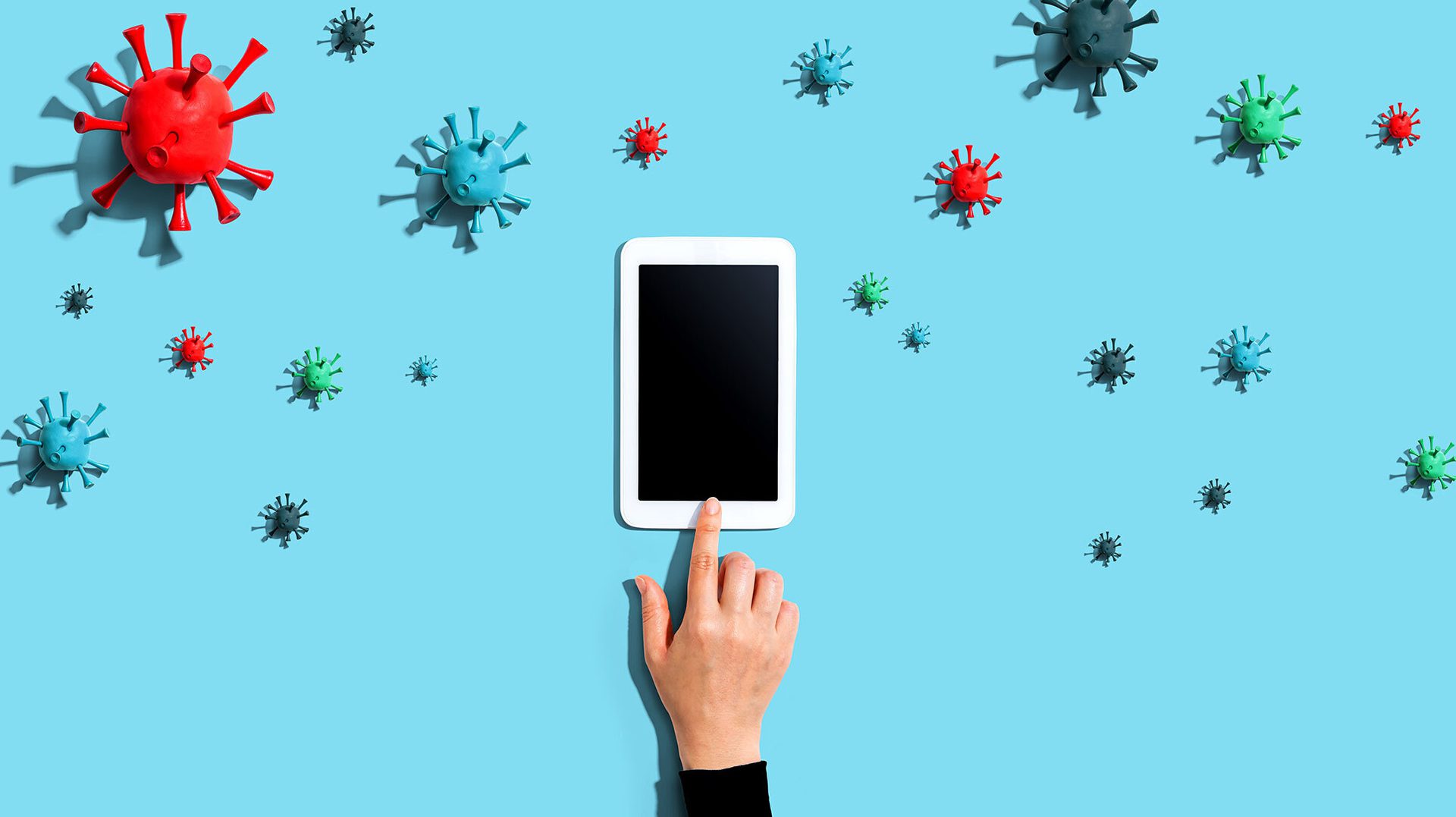- April 02, 2020
- By Mia Hinkle
While COVID-19 continues to spread outside our homes, inside we’re facing a related and growing online contagion.
Glued to our laptops and phones while sheltering in place, news consumers are relying more than ever on social media to learn and share important information about the disease. And some of it isn’t trustworthy.
Fake news on social media can range from well-meaning people sharing misinformation, such as DIY cures or misinterpretations of statistical information, to deliberate disinformation, such as conspiracy theories and scams for profit.
Because the situation is moving so quickly, it is hard to know what to trust, said Jen Golbeck, professor in UMD’s College of Information Studies professor and director of the Social Intelligence Lab.
“In times of fear, we are psychologically less capable of sorting good and bad information,” she said. “That makes social media a place where we can be at real risk.”
Golbeck offered five tips for minimizing this risk and honing in on the most relevant and trustworthy news:
1. Check the sources of scientific or medical claims. People are sometimes interpreting complex scientific and statistical information that they don’t fully understand—and then sharing their faulty interpretations with others. Medical recommendations, for example, should come from official medical professionals and organizations, not what you saw on Facebook from your sister’s neighbor whose cousin is a nurse.
2. Read the comments. If you question a post’s veracity, you’re probably not the only one. Look in the comments for confirmation or debunking by reliable sources.
3. Question the motivations of the person sharing. What reason would they have to overestimate or underestimate a threat? Is money involved? Political loyalty? A desire to rack up reactions and likes? Be appropriately skeptical.
4. Curate a news feed tailored to your interests. If you want information about local park closures, news on civil liberties and immigration courts, and updates from the Centers for Disease Control and Prevention, you can build that. Because that information is social, others are likely to inject additional stories of interest that you may not have discovered on your own.
5. Actively seek credible sources. Looking at every source can get overwhelming. Reduce this need by building your news feed with credible sources from the outset. Golbeck suggests starting with:
- Johns Hopkins University’s COVID-19 tracking.
- Big, mainstream media outlets, such as The Washington Post, NPR and CNN, which are deeply fact-checked and generally provide the most reliable, in-depth information.
- Daniel Dale, CNN fact-checking journalist on Twitter (a personal favorite of Golbeck).
- Weather Underground, which provides a COVID-19 box with up-to-date numbers of cases and deaths in that area.
Units
College of Information